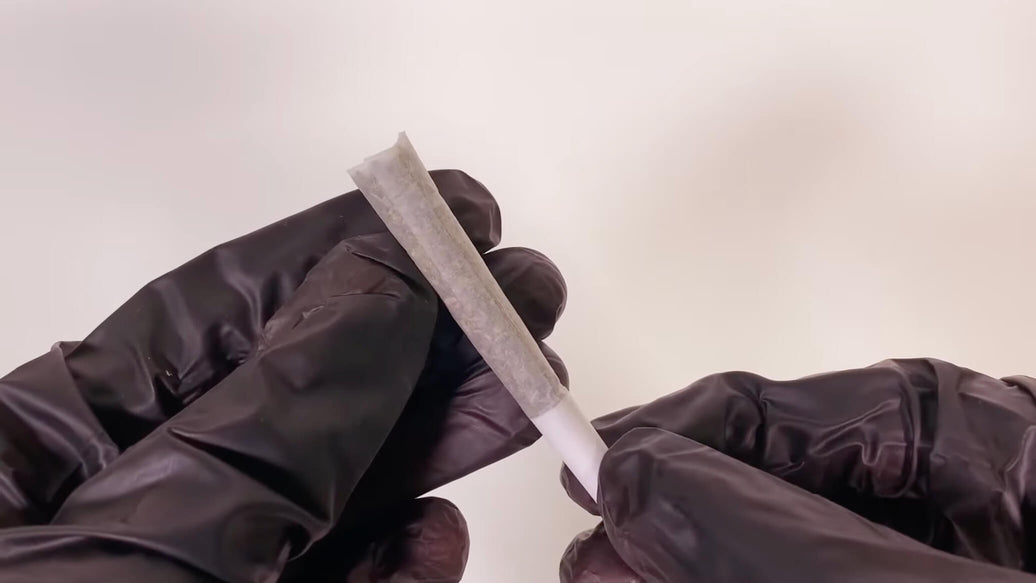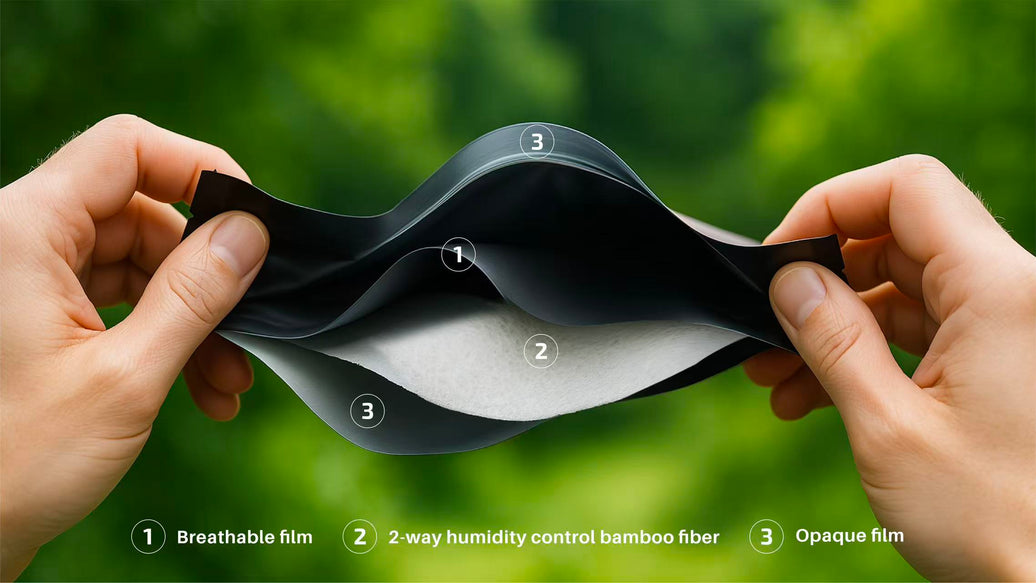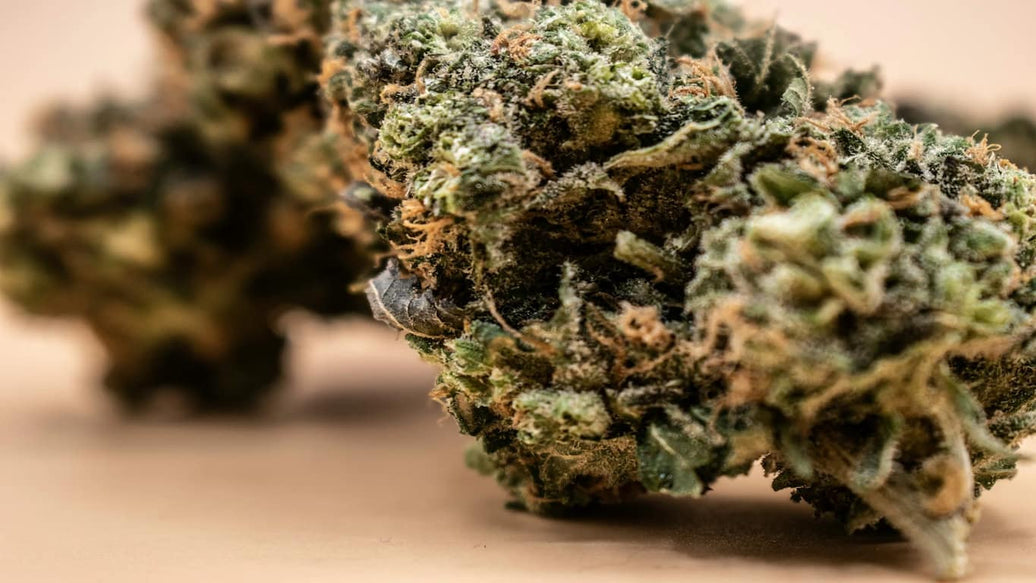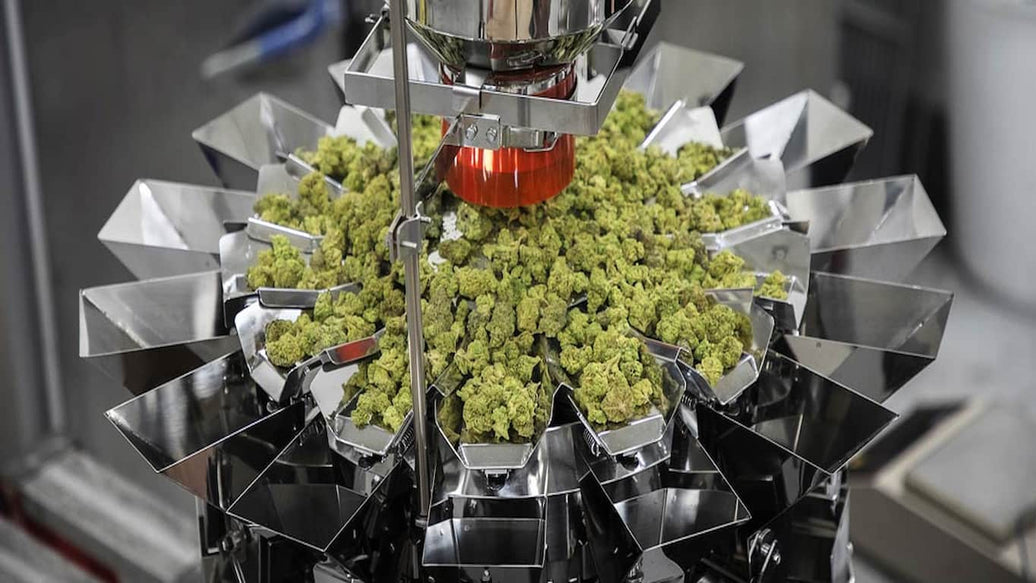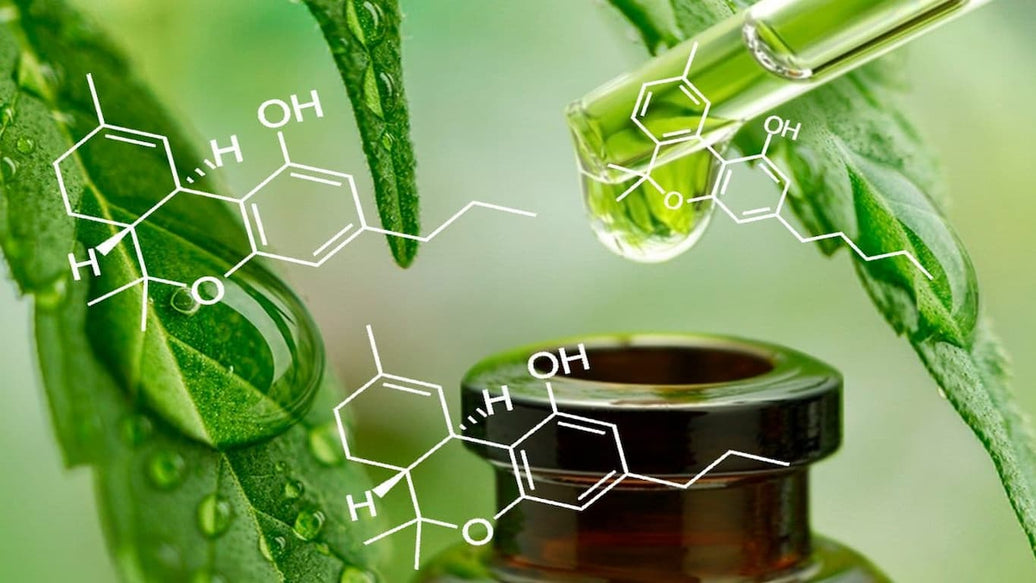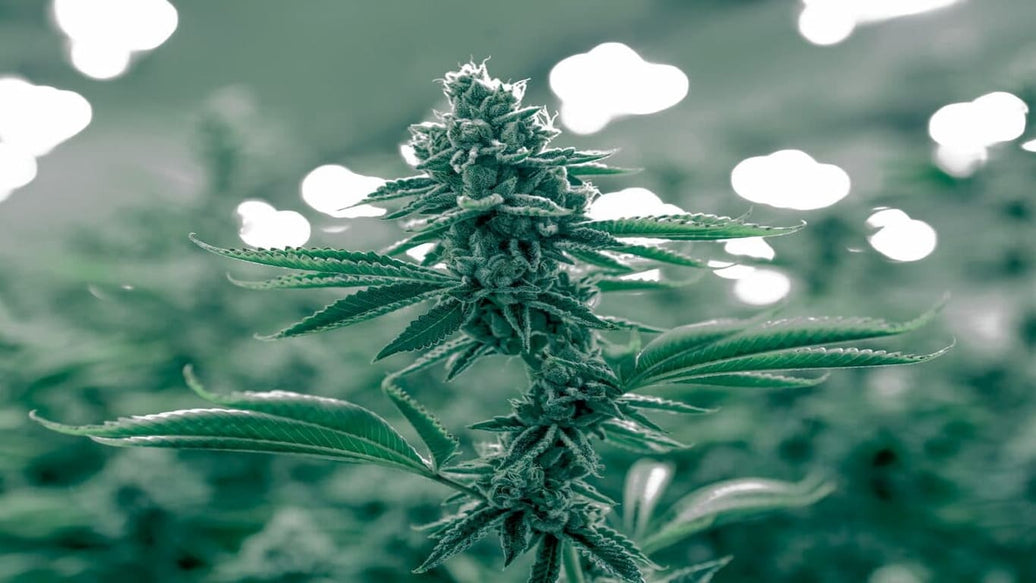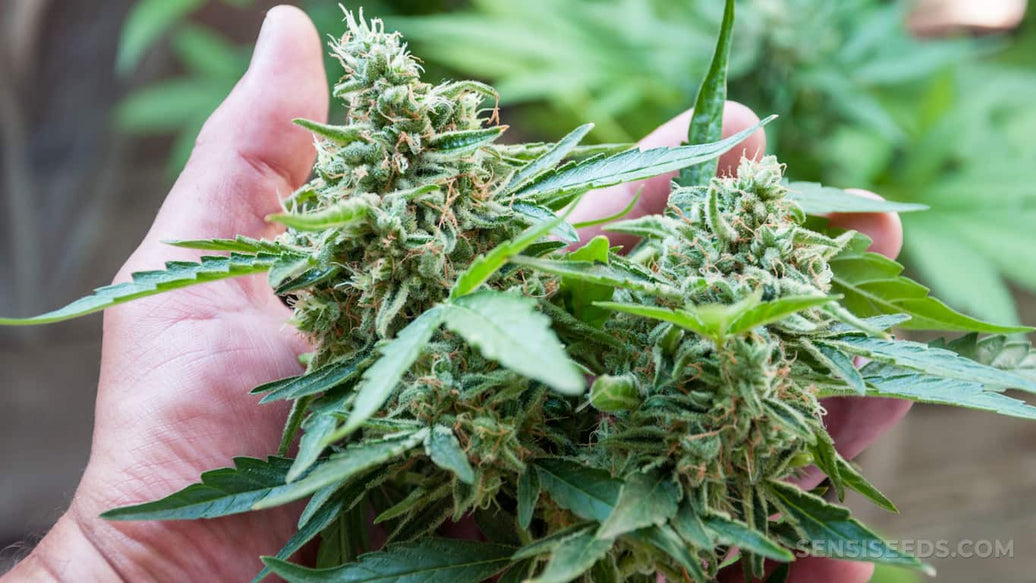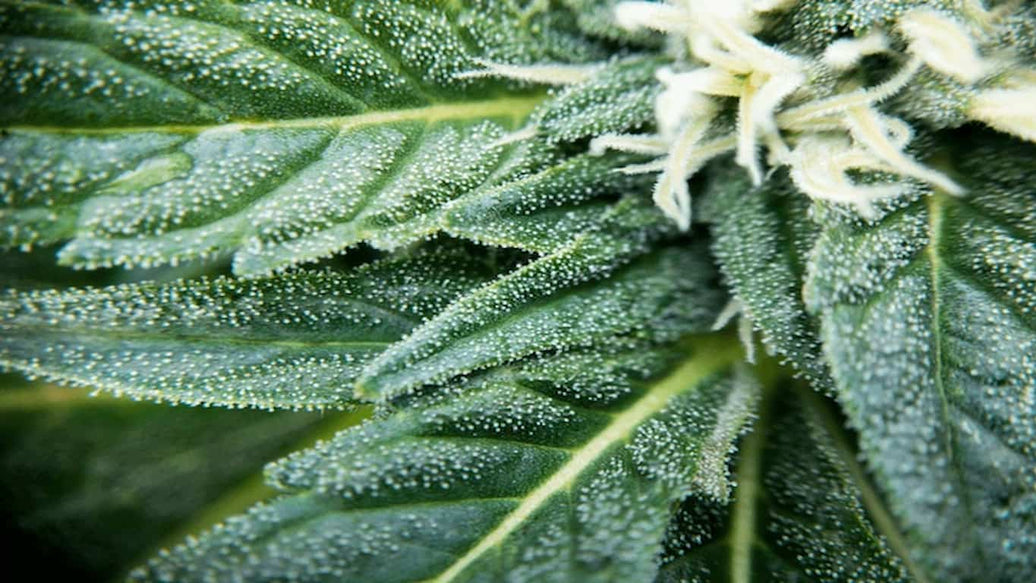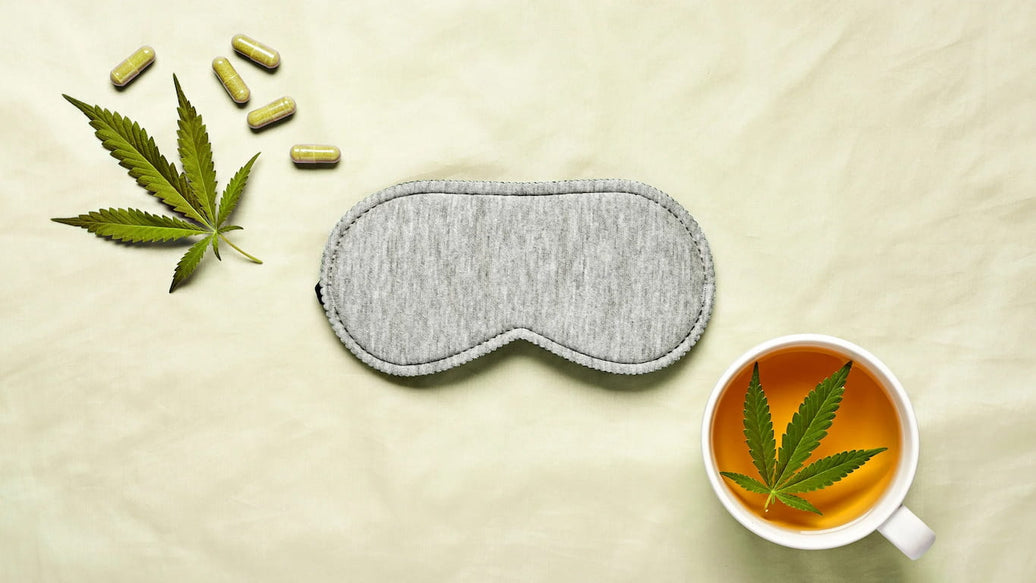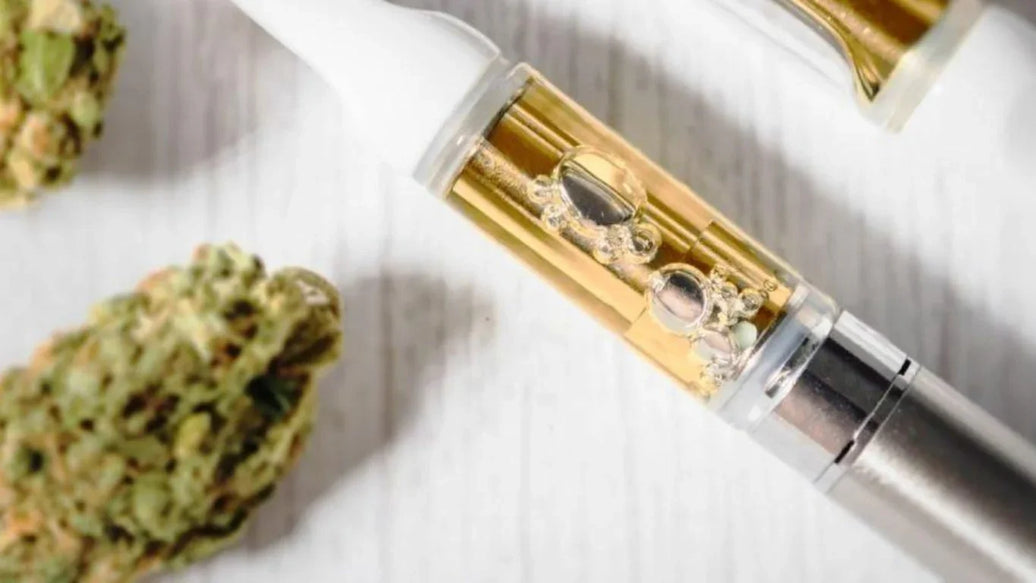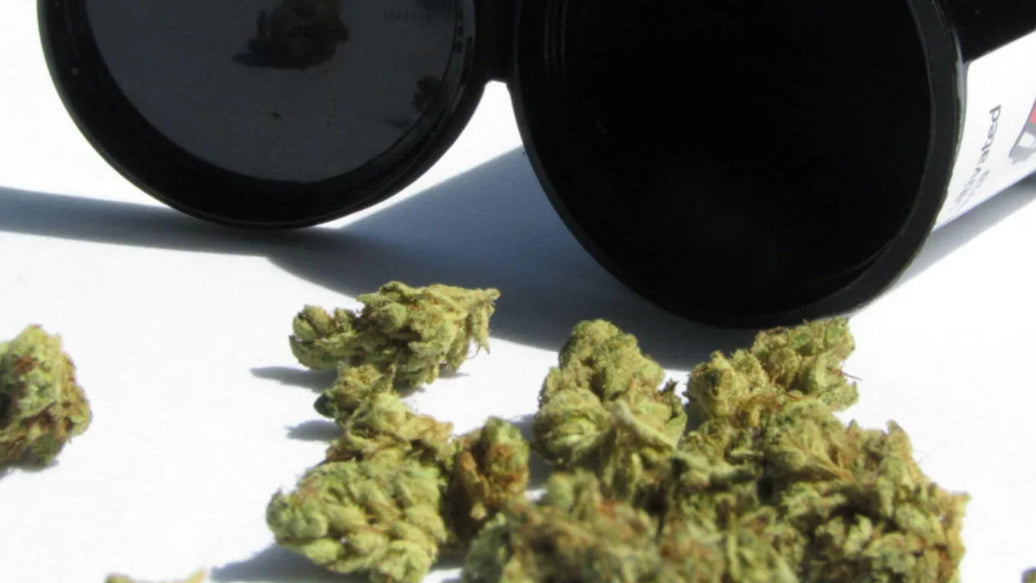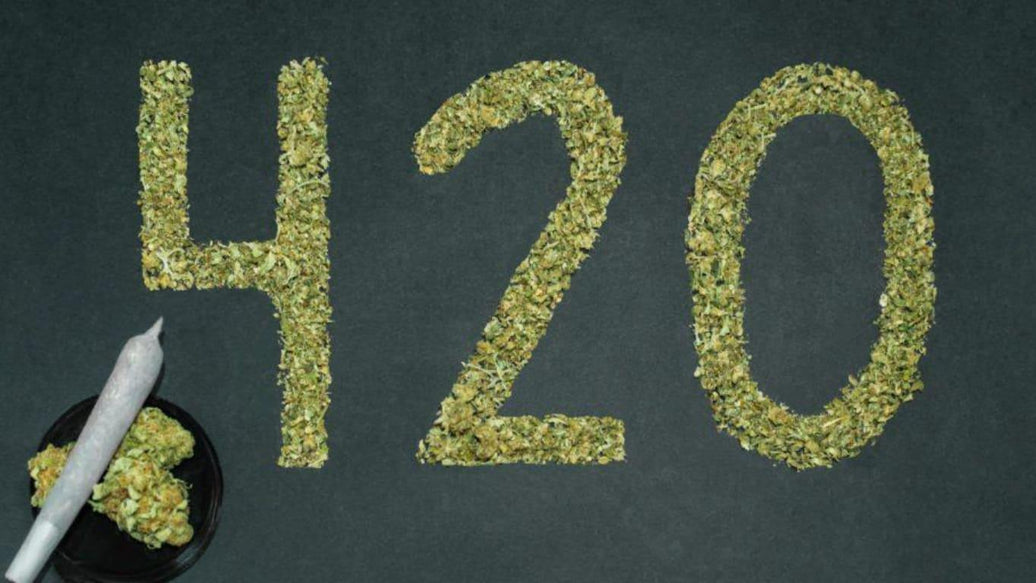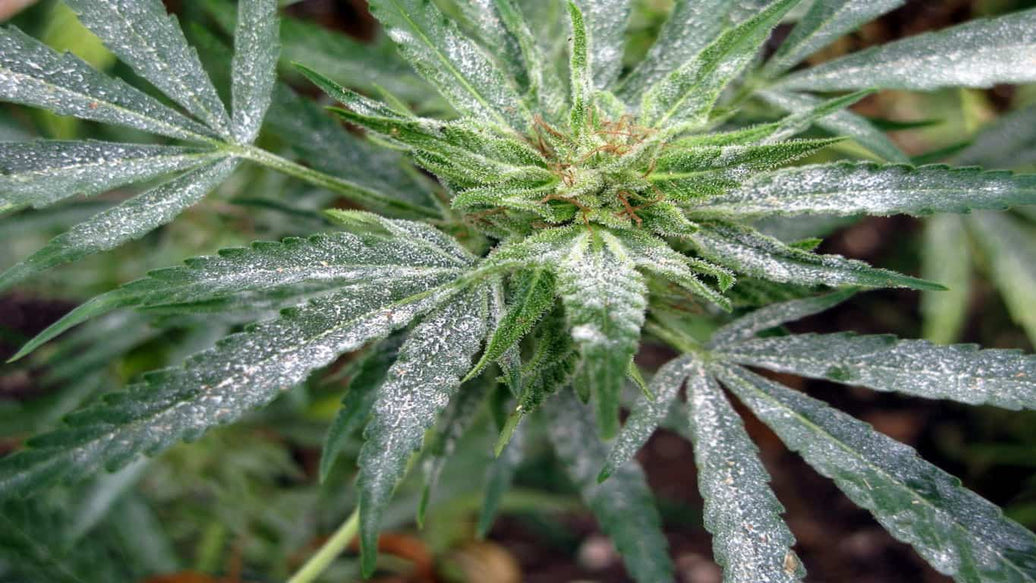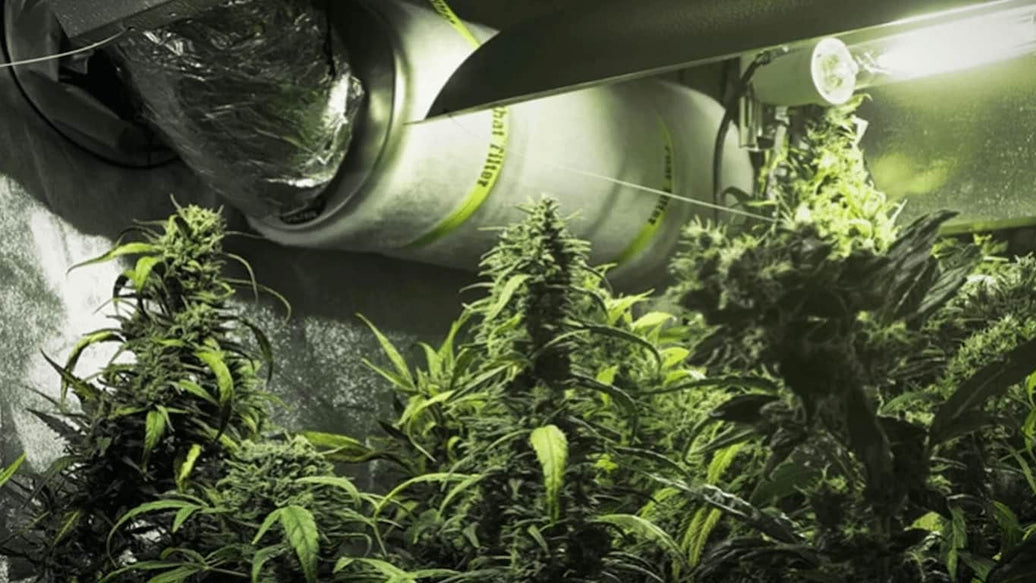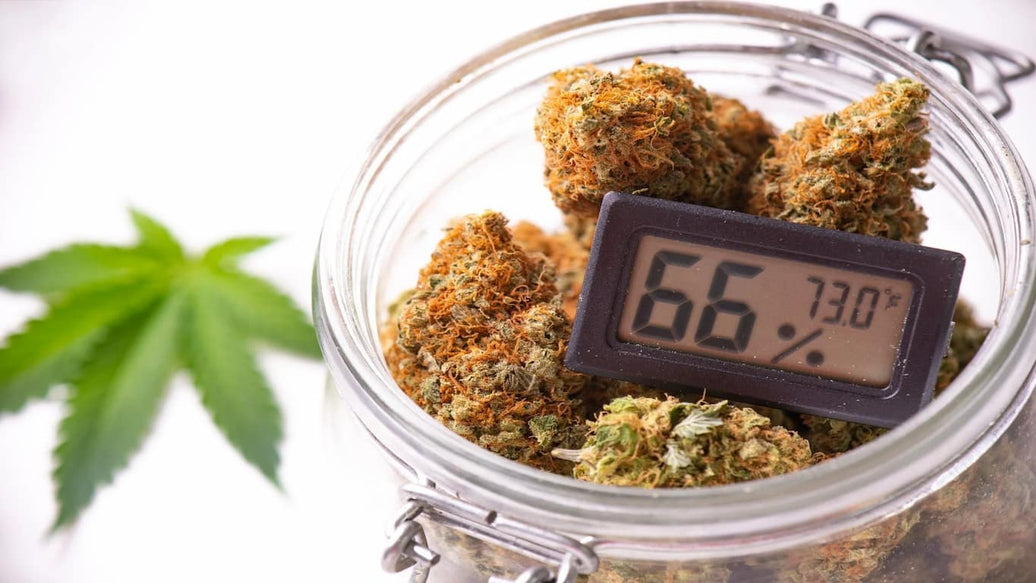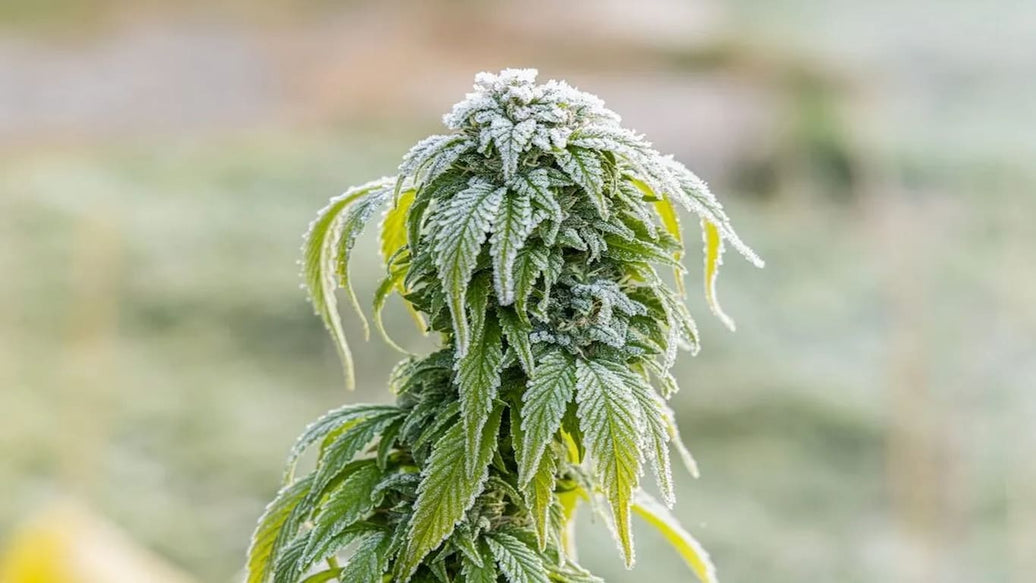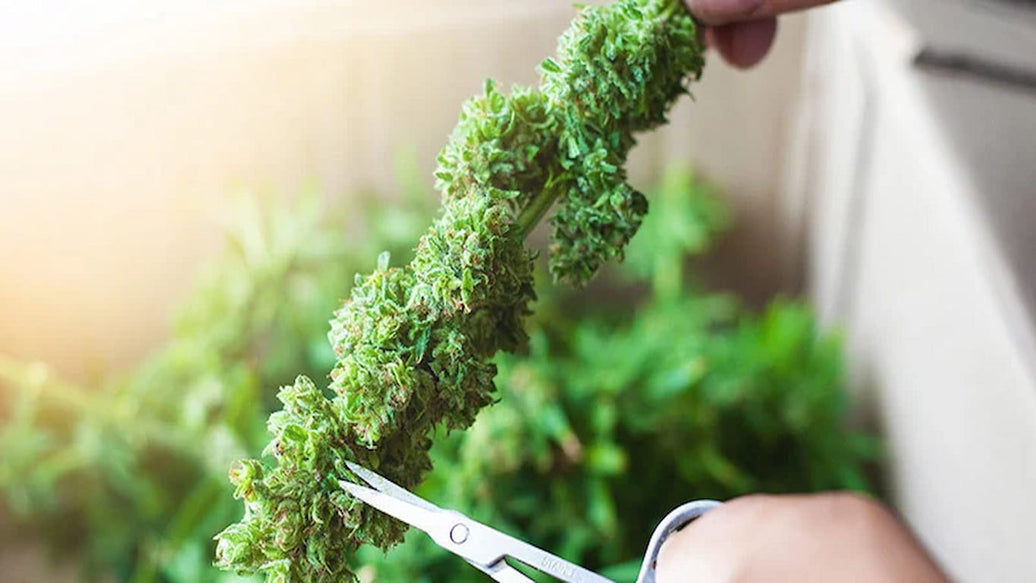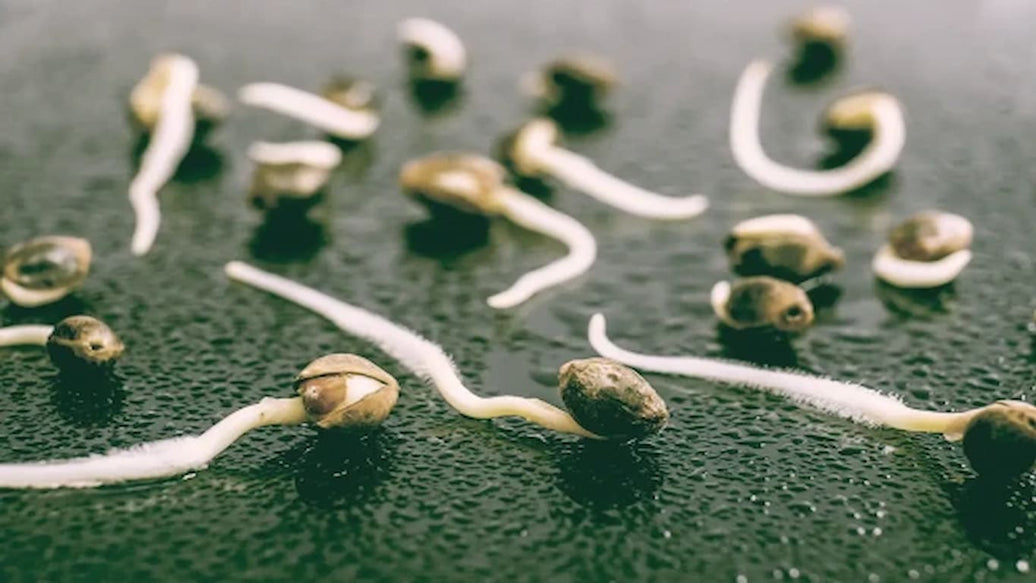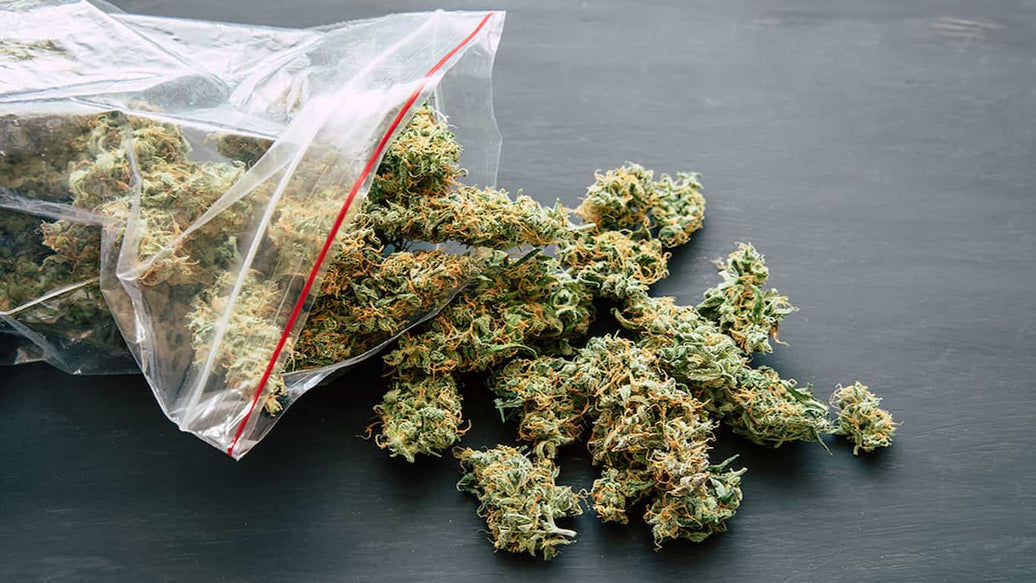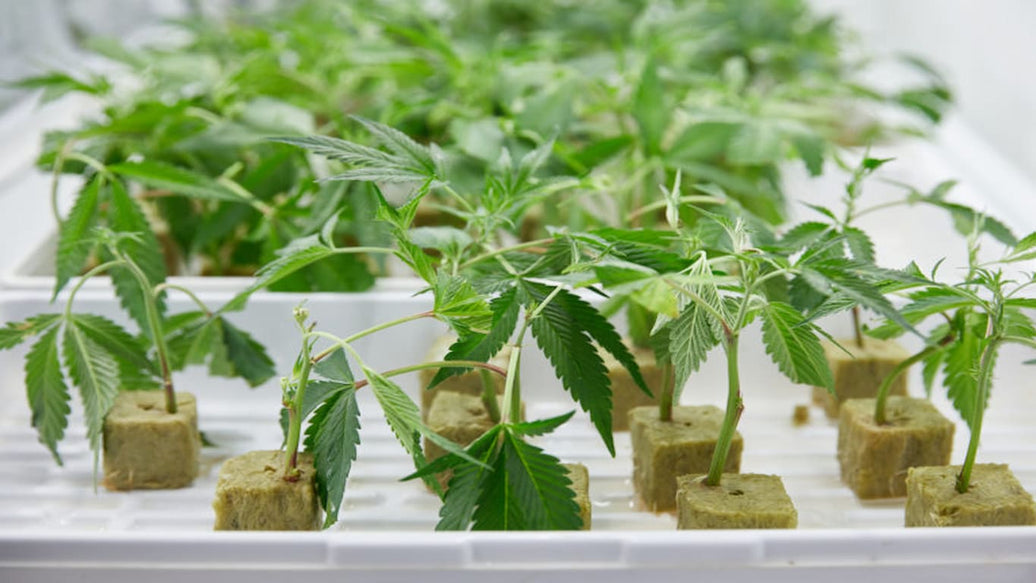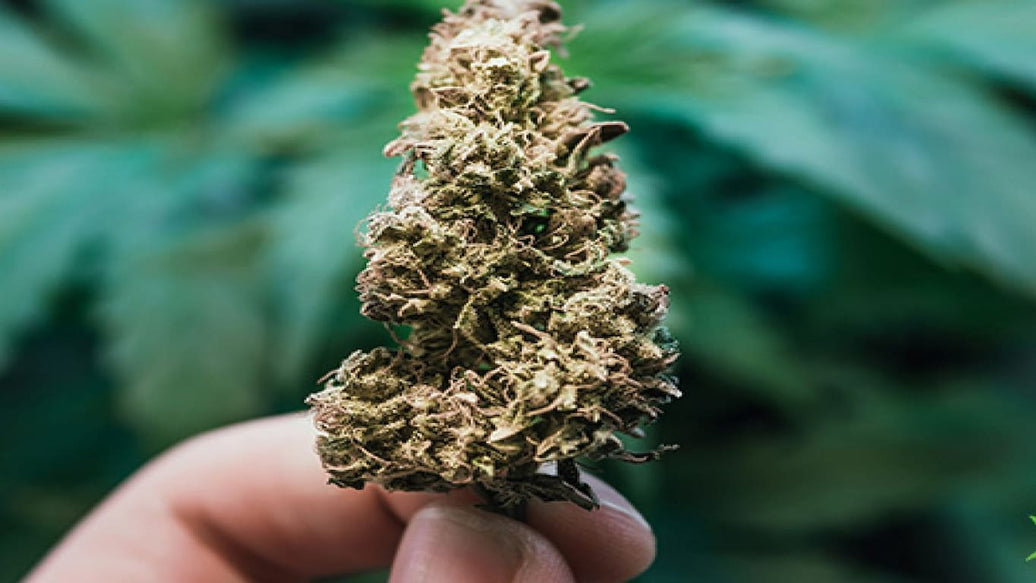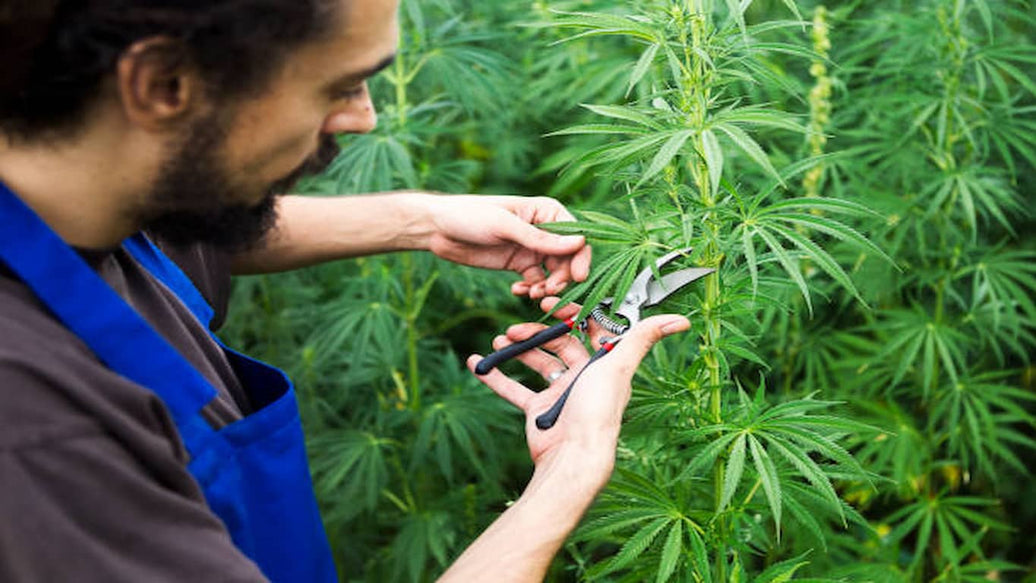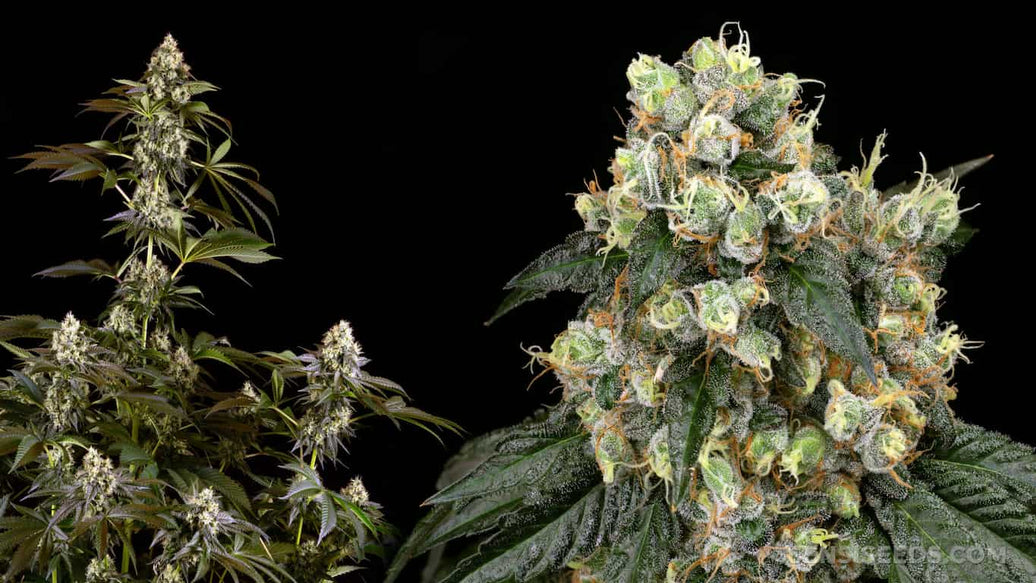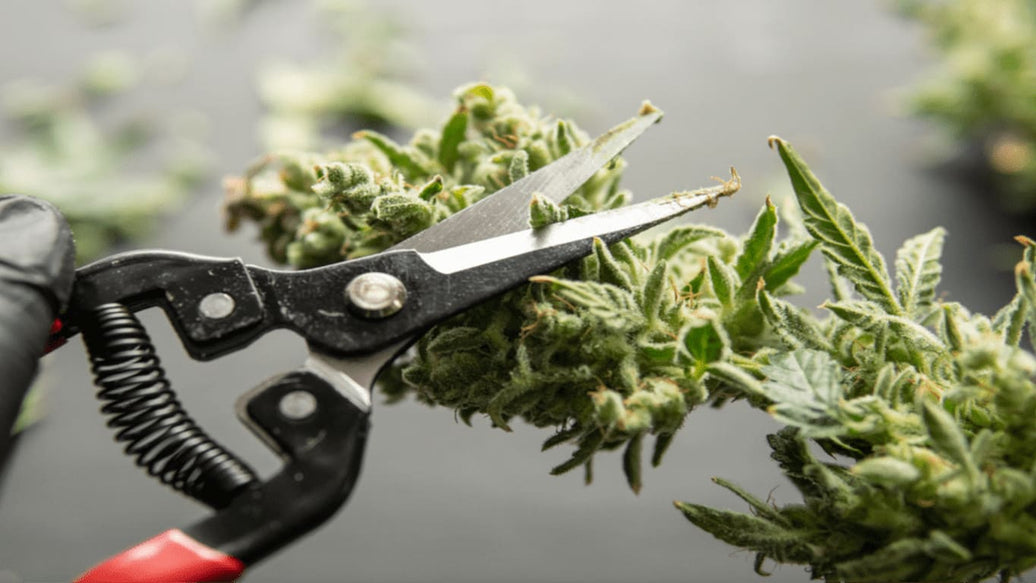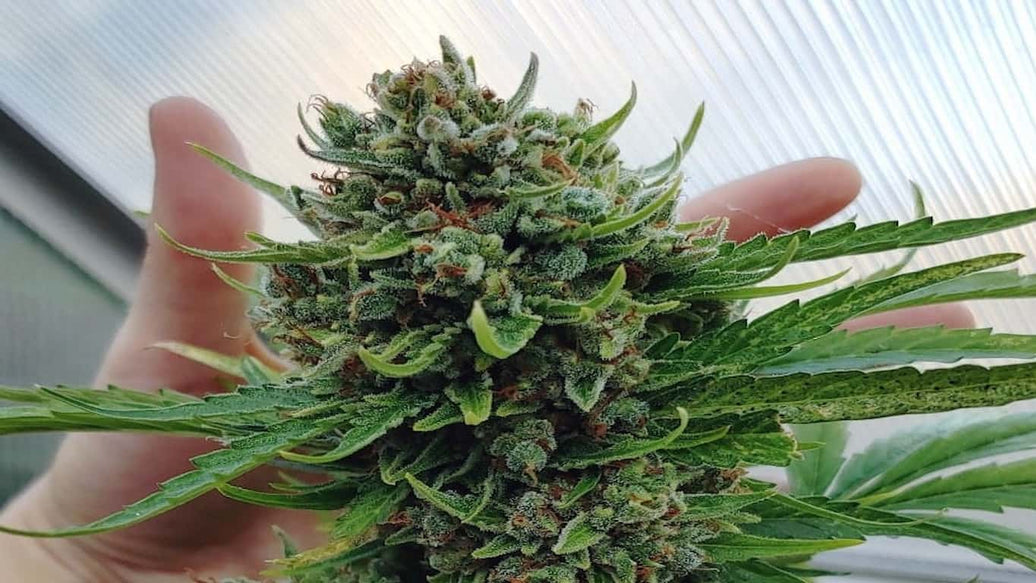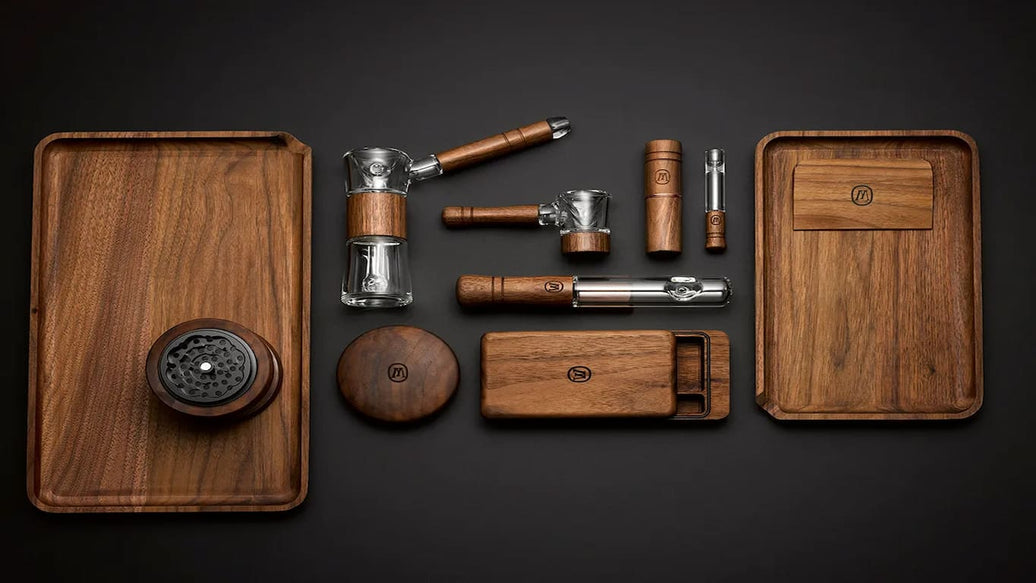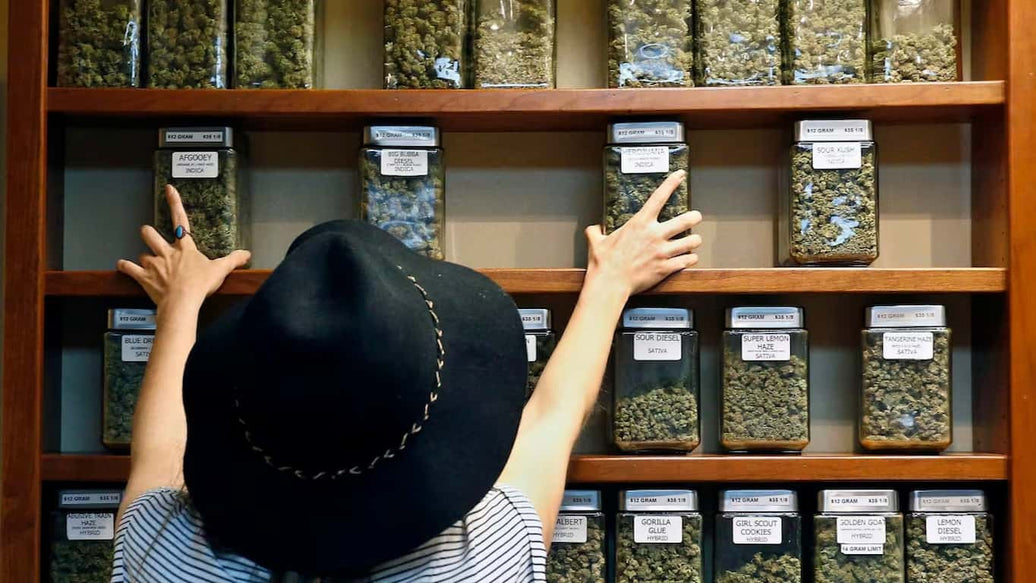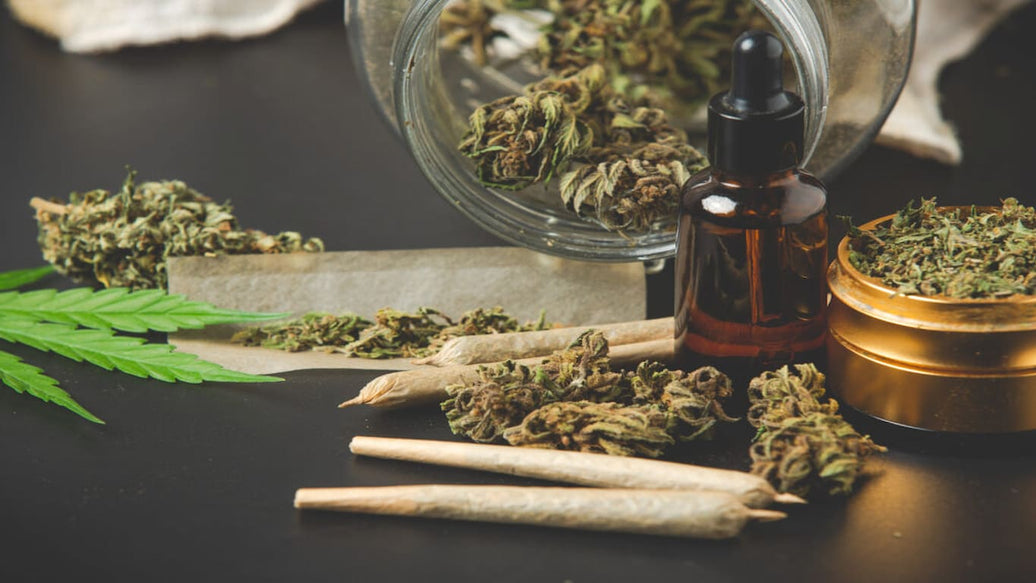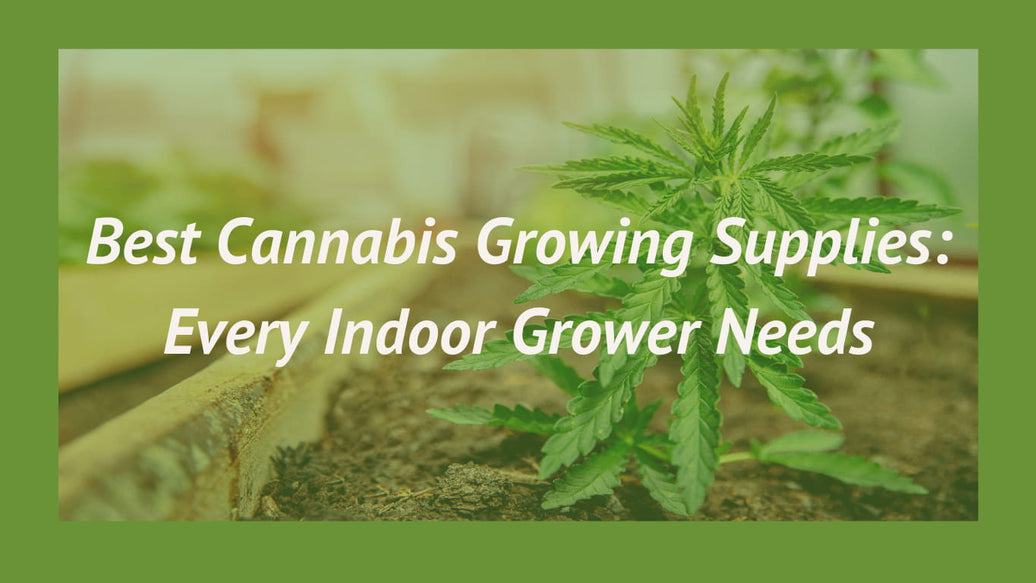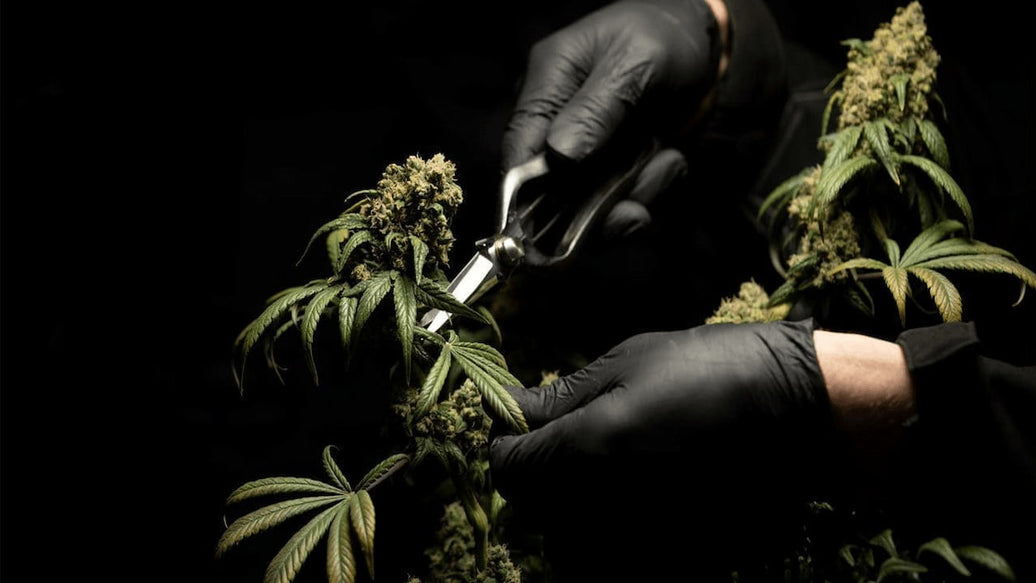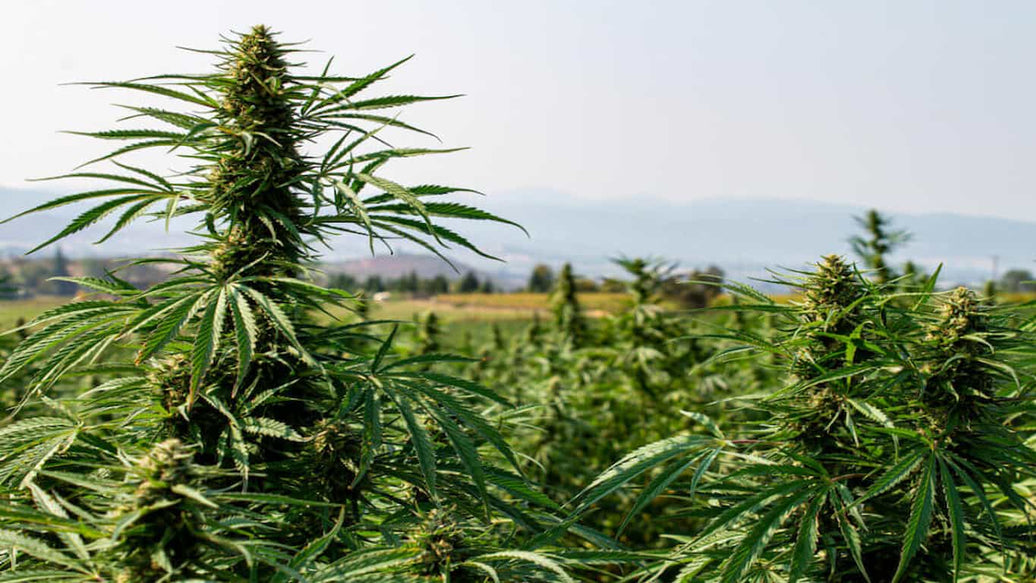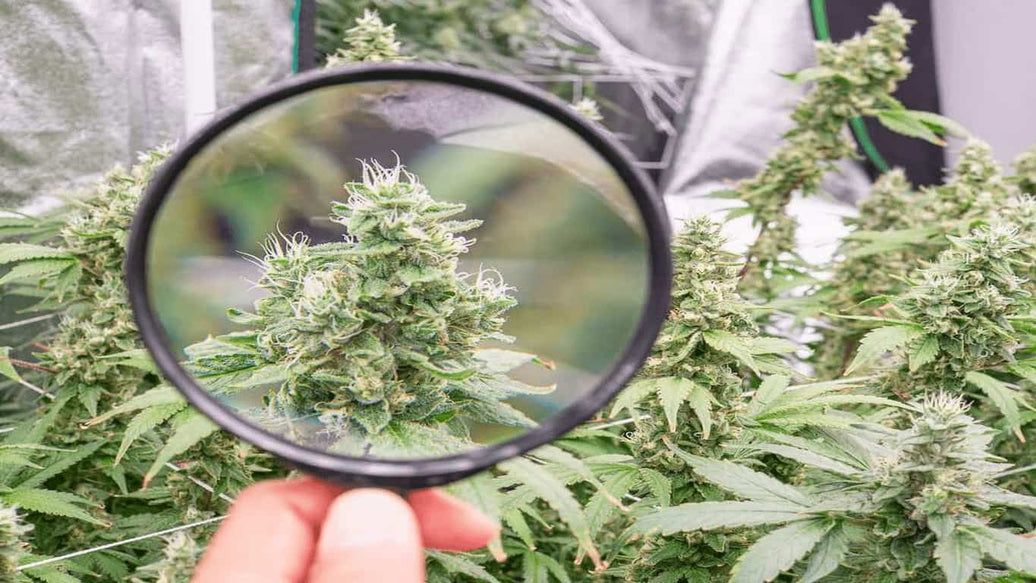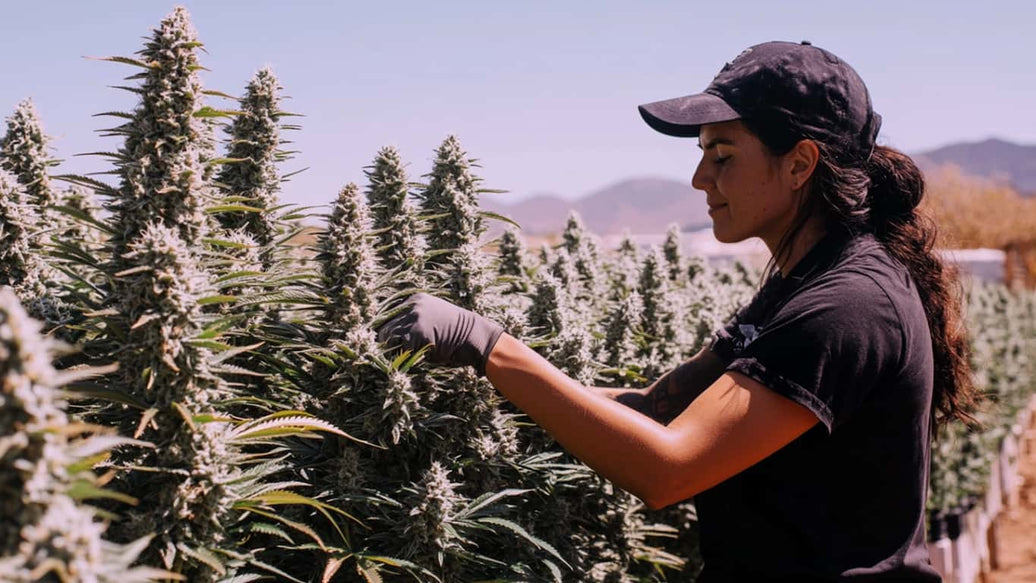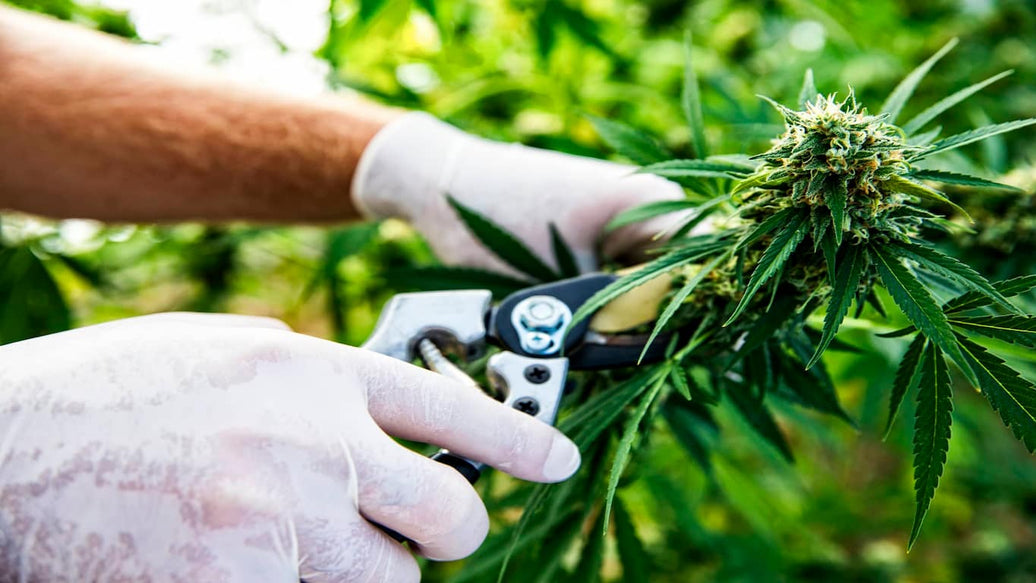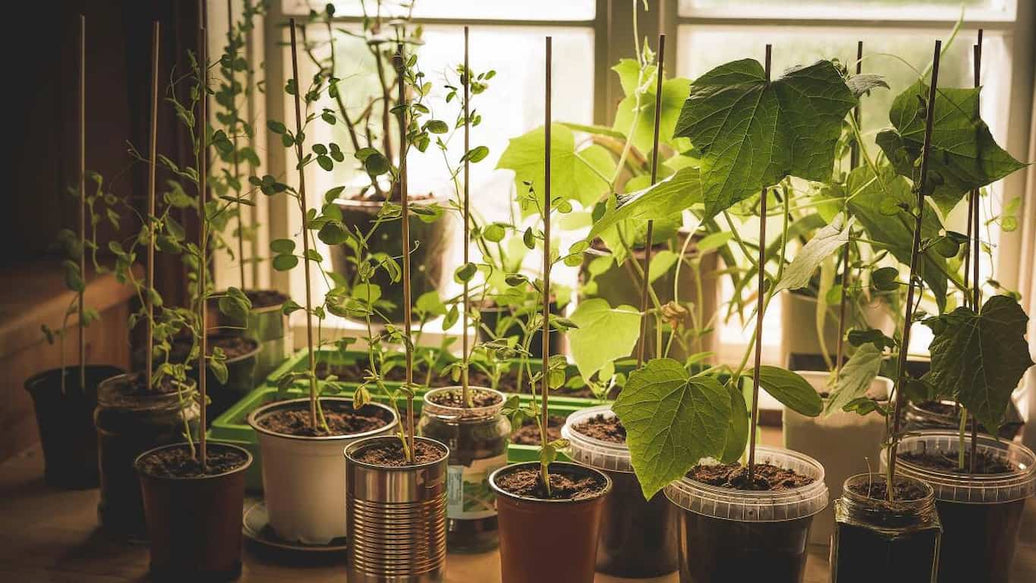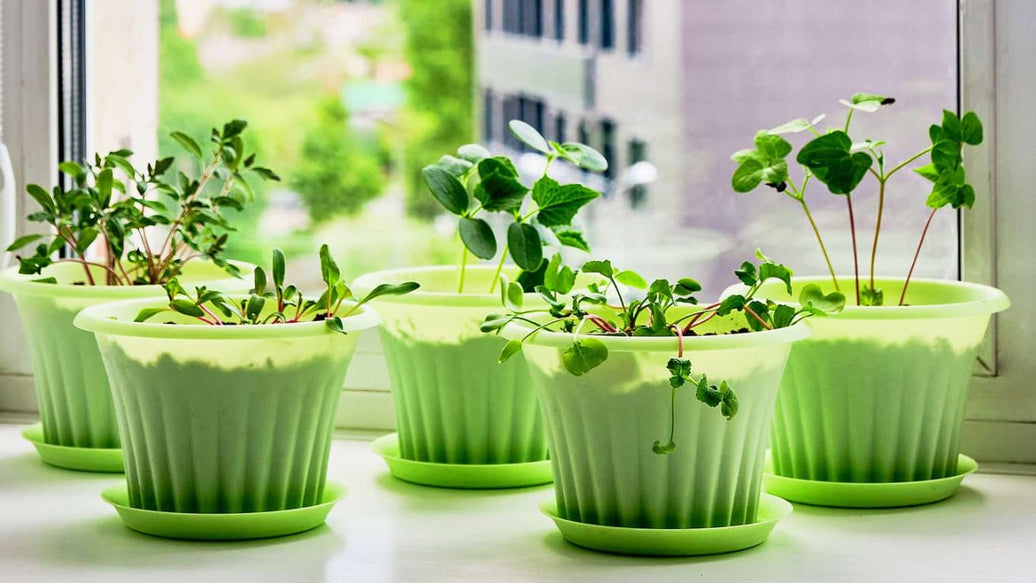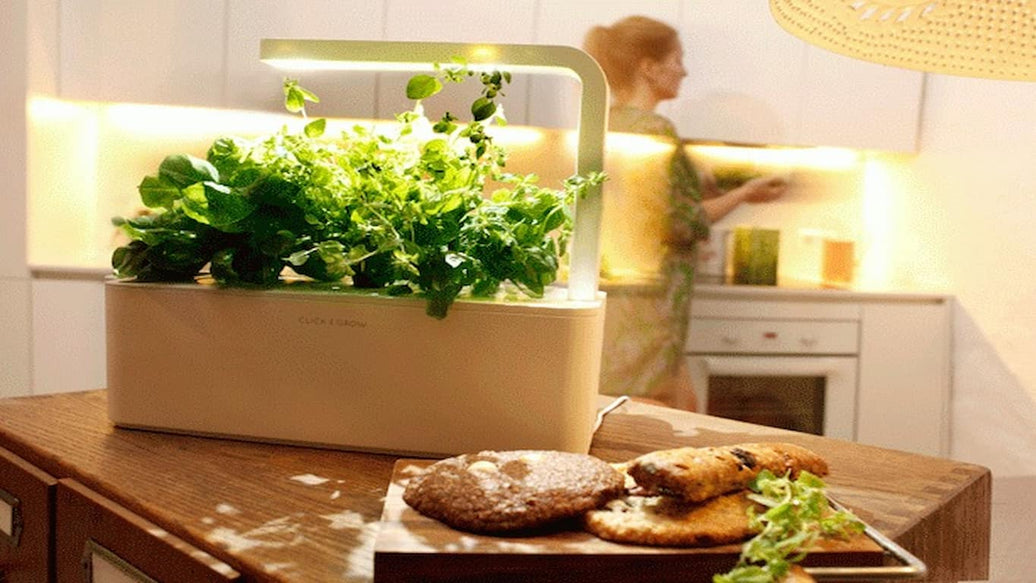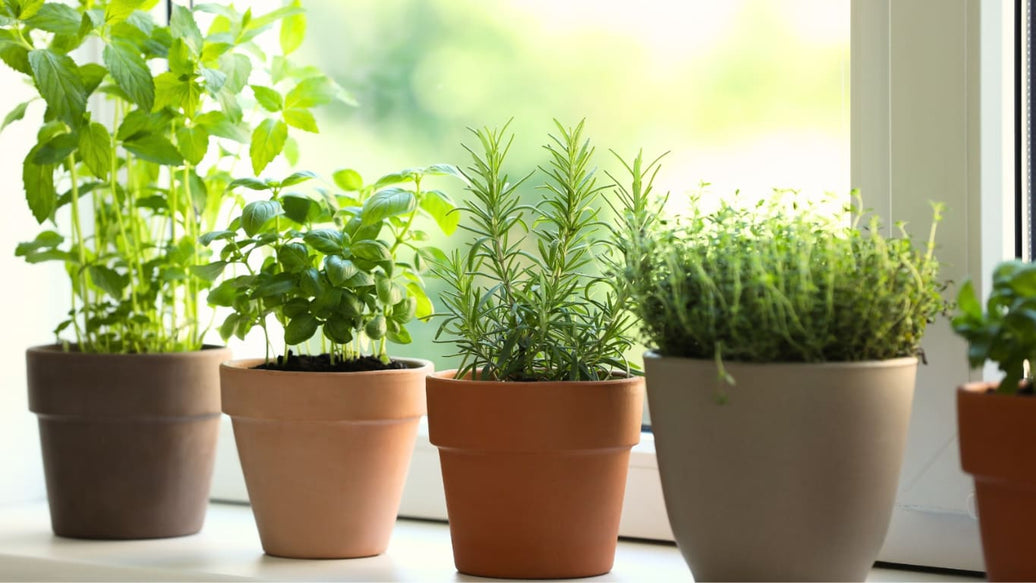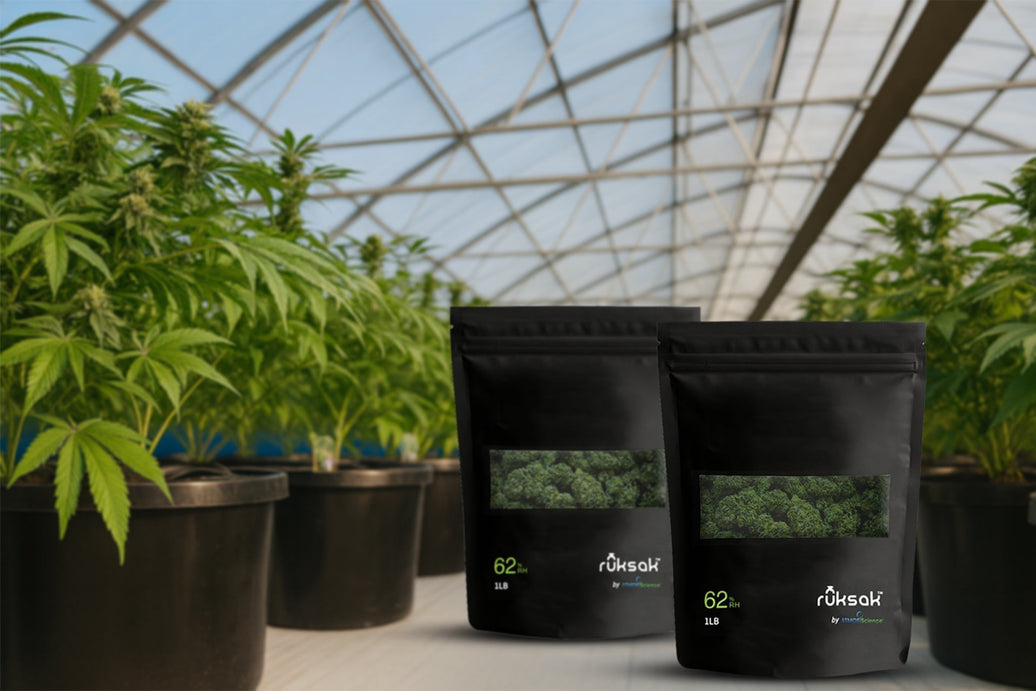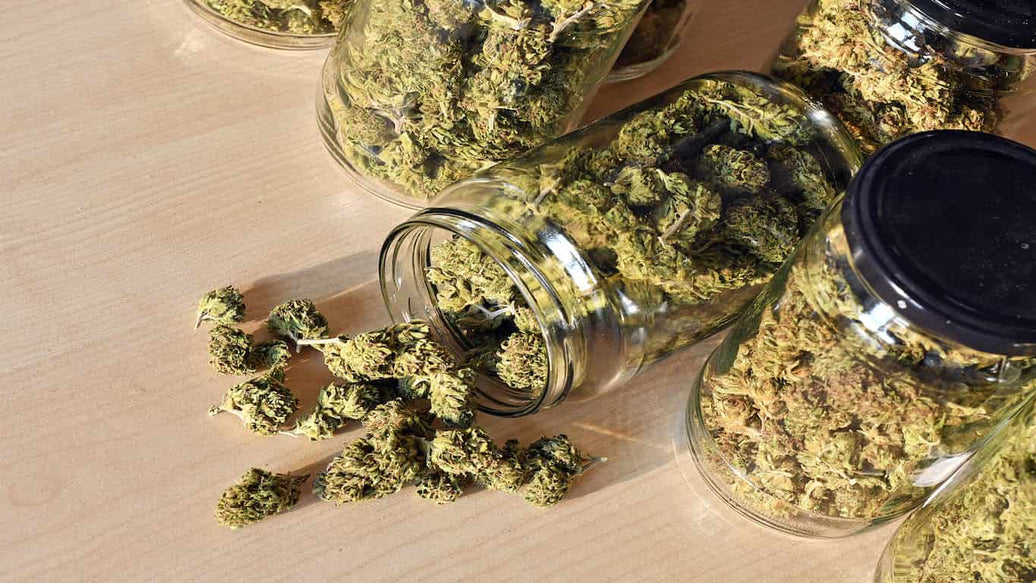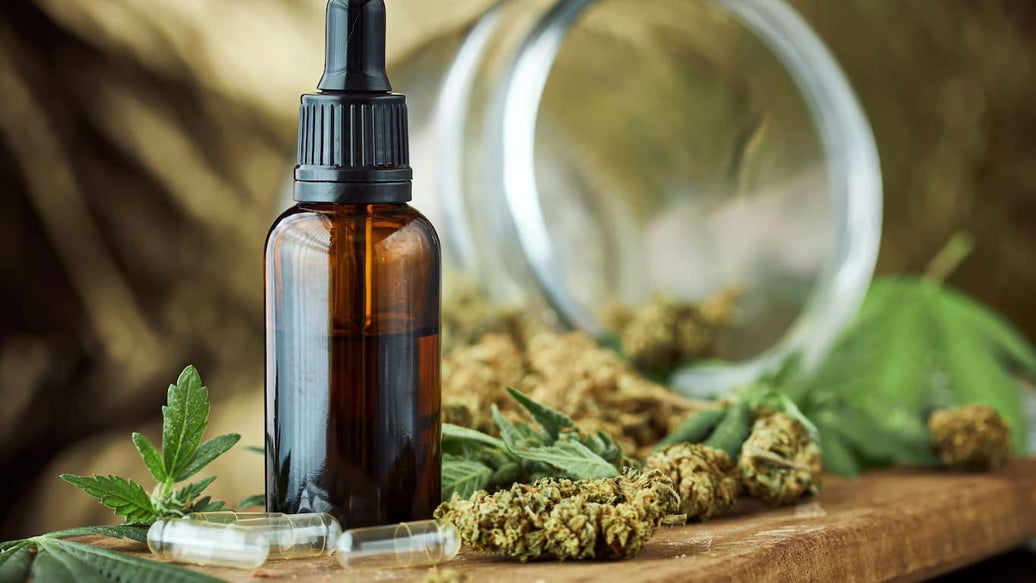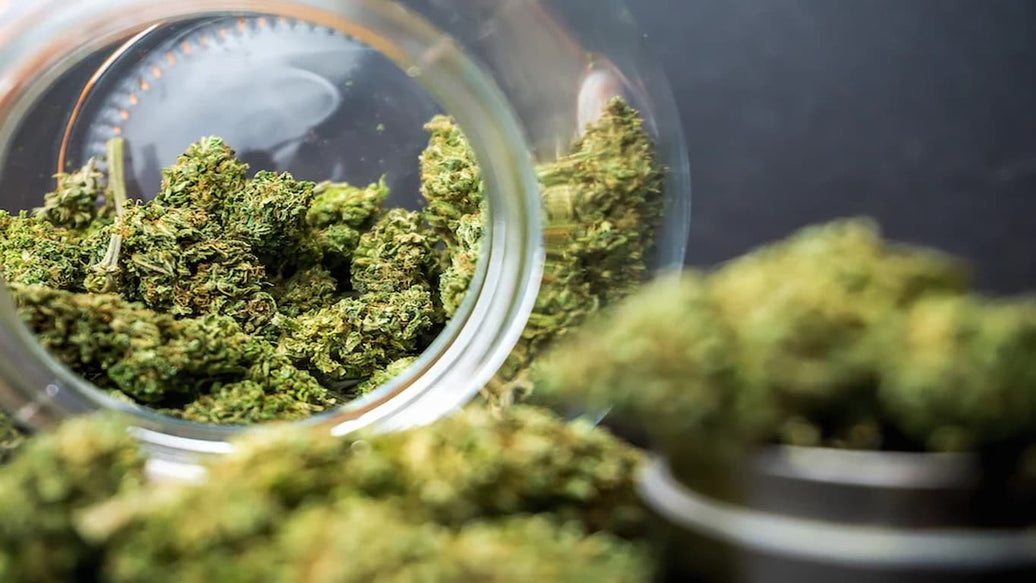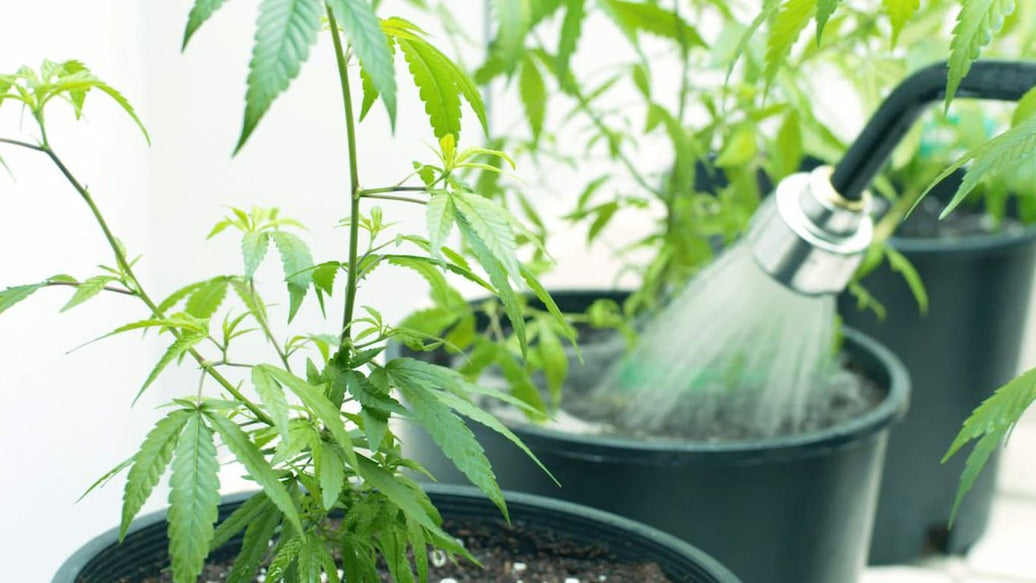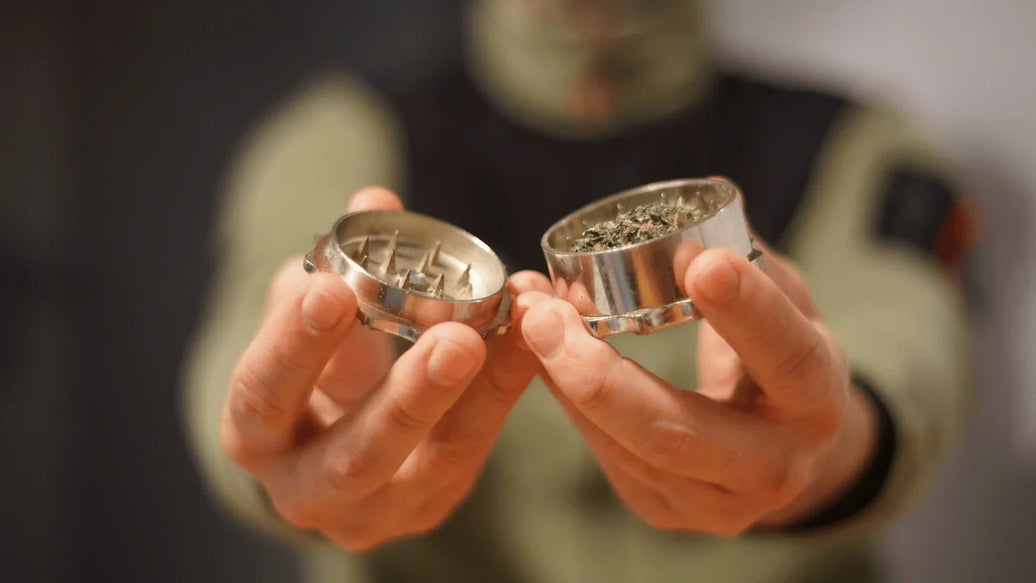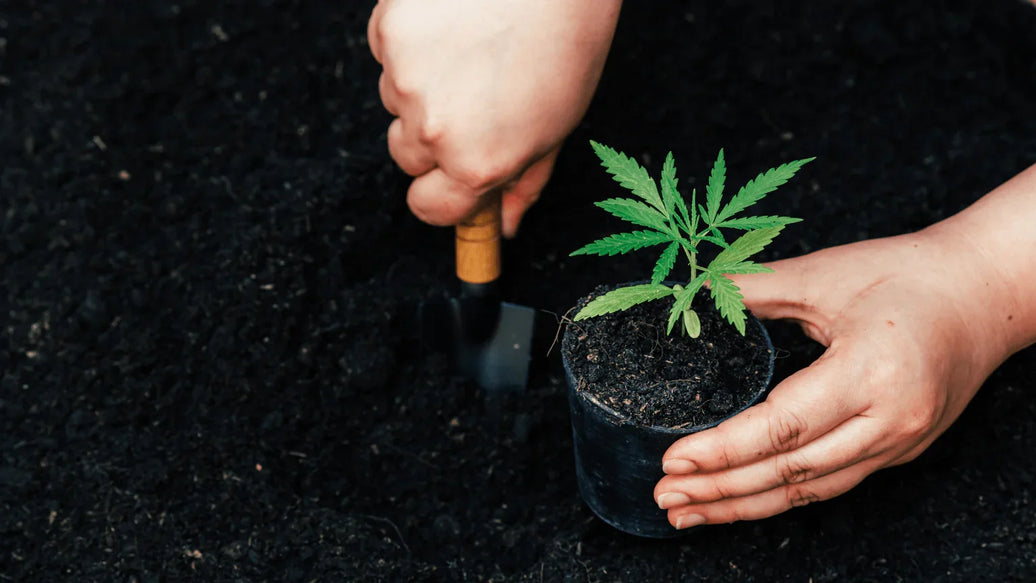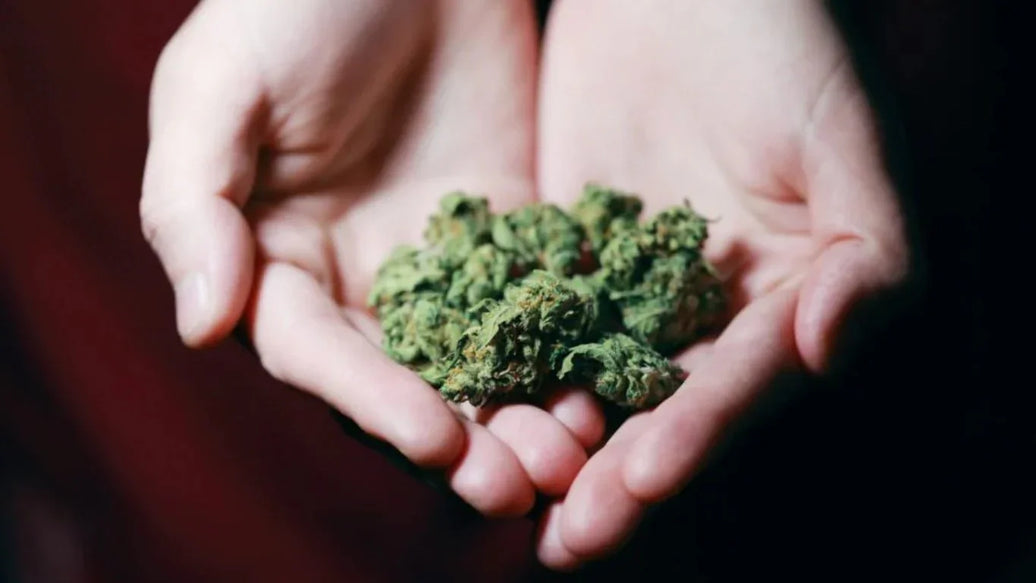For every cannabis grower, controlling the environment is key to success. Humidity is one of the most crucial yet often overlooked aspects of plant care. Whether you’re a novice grower or a seasoned cultivator, understanding and utilizing a cannabis humidity chart is vital for producing healthy plants and maximizing your yield.
In this article, we’ll go deeper into the science behind humidity, how to use the cannabis humidity chart effectively, and how precision in controlling humidity and temperature can lead to better plant health and higher – quality buds.

The science behind cannabis humidity and plant growth
What is humidity, and why does it matter?
Humidity refers to the amount of water vapor present in the air. In the world of cannabis cultivation, relative humidity control is particularly important. This measurement, expressed as a percentage, tells you how much water vapor is in the air compared to the maximum amount of vapor the air could hold at a given temperature.
Humidity affects how cannabis plants transpire – a process where plants lose water through small pores on their leaves called stomata. This loss of water is crucial for nutrient uptake, photosynthesis, and the overall health of the plant.
In simple terms, the ideal humidity levels allow your plant to breathe easily, take up nutrients efficiently, and remain free from excessive stress. Incorrect humidity can lead to a range of problems, from nutrient imbalances to mold and mildew, which can ruin your crop.
The role of Vapor Pressure Deficit (VPD)
The key to understanding how humidity affects cannabis plants lies in Vapor Pressure Deficit (VPD). VPD is the difference between the amount of moisture in the air and the amount the air can hold at a given temperature. High VPD means the air is dry and will draw moisture from the plants, while low VPD means the air is saturated, which can reduce transpiration.
For optimal plant health:
- High VPD (dry air): Speeds up transpiration and nutrient uptake but can stress the plant.
- Low VPD (moist air): Slows transpiration and nutrient uptake, potentially leading to nutrient deficiencies.
A cannabis humidity chart is helpful because it allows growers to adjust humidity levels according to the temperature and the growth stage of the plant to maintain the ideal VPD for each phase.
Breaking down the cannabis humidity chart
A cannabis humidity chart is a tool that growers use to align their environmental controls with the plant’s needs during different growth stages. It provides recommended ranges for both temperature and relative humidity (RH), along with the VPD values for each phase of growth.
Here’s a quick overview of the ideal settings from seedling to flowering stages:
|
Growth stage |
Relative humidity (RH) |
Temperature (lights on) |
Temperature (lights off) |
|
Seedling |
65% - 70% |
20 - 25°C (68 - 77°F) |
18 - 22°C (64 - 72°F) |
|
Vegetative |
40% - 70% |
22 - 28°C (72 - 82°F) |
18 - 24°C (64 - 75°F) |
|
Flowering (Early) |
40% - 50% |
20 - 26°C (68 - 78°F) |
17 - 23°C (63 - 73°F) |
|
Flowering (Late) |
30% - 40% |
18 - 24°C (65 - 75°F) |
16 - 22°C (61 - 72°F) |
|
Drying/Curing |
55% - 62% |
18 - 21°C (65 - 70°F) |
Stable indoors |
Seedling stage:
During the seedling phase, young plants need higher humidity (around 65% – 70% RH) to support their early growth. At this stage, they rely more on moisture from the air since their root systems aren’t fully developed.
Vegetative stage:
As plants develop more leaves and stems, humidity can gradually be lowered. Keeping 40% – 70% RH in the vegetative phase encourages strong root growth and allows the plant to grow in a healthy environment, without the risk of excessive moisture leading to mildew or mold.
Flowering stage:
During flowering, cannabis plants need much lower humidity (around 40% – 50% RH early and as low as 30% – 40% RH late in flowering). This prevents mold and mildew from taking hold, as excess moisture in buds during flowering can lead to serious issues like bud rot.
Drying/Curing stage:
After harvesting, controlling humidity is still crucial. For drying, the environment should be at 55% – 62% RH, which ensures the buds dry slowly, preserving cannabinoids and terpenes. A drying room with the right humidity prevents the buds from drying too quickly, which could degrade their quality.
How to use a cannabis humidity chart effectively
Step-by-step guide to using the cannabis humidity chart

Start with proper monitoring
Use hygrometers and thermometers to measure the temperature and humidity in your grow room regularly. This ensures you are always in the optimal range. Smart sensors can help automate this process for consistent conditions.
Adjust based on growth stage
Refer to the cannabis humidity chart to make adjustments to your humidity and temperature. Keep in mind that fluctuations in temperature or humidity can stress the plants and reduce their growth rate.
Use environmental control devices
Invest in dehumidifiers, humidifiers, fans, and heaters to control the environment. For example, if the humidity is too high, a dehumidifier can reduce moisture in the air, while a humidifier can increase it when the environment is too dry.
Optimize VPD levels
Use a VPD chart to align humidity and temperature to create the ideal Vapor Pressure Deficit. This helps plants to transpire properly and take up nutrients efficiently. The VPD should stay within the optimal range for each growth phase to avoid stress or slowed growth.
The importance of precision in environmental control
Cannabis plants are particularly sensitive to changes in humidity and temperature. Small adjustments in these environmental factors can have a significant impact on the overall health of the plant. Stressed plants are more susceptible to diseases, pests, and poor growth, which can ultimately reduce yield.
By maintaining the right humidity levels, you ensure that your plants can perform essential functions like transpiration and nutrient uptake at their peak efficiency. This precision allows the plant to focus its energy on flower production and bud development rather than dealing with environmental stress.
Real - life application of the cannabis humidity chart
One grower’s success story demonstrates how using a cannabis humidity chart transformed their crop. By carefully adjusting the humidity during the flowering stage, the grower noticed a significant reduction in mold and bud rot, leading to a larger, healthier harvest. They implemented the ideal humidity settings during each phase, making use of dehumidifiers in the flowering room and keeping humidity in check throughout the drying and curing process. As a result, their cannabis plants were not only healthier but also produced potent, flavorful buds that commanded higher market value.
Advanced grower strategies for humidity control
Experienced growers use the cannabis humidity chart in combination with other techniques to fine – tune their environment:
Humidity transitions: Gradually decreasing humidity during the vegetative stage and into flowering helps plants adapt without stress.
- Climate zones: Some growers create microclimates in different parts of their grow room, adjusting humidity to target specific plants or cultivars that may have slightly different needs.
- Humidity and light integration: Combining light schedules with humidity control is crucial. Humidity spikes during the night (lights off) can help prevent dehydration, while daytime humidity should remain lower for optimal transpiration.
In conclusion, a cannabis humidity chart is an essential tool for any grower looking to optimize their crop. By understanding the relationship between temperature, humidity, and Vapor Pressure Deficit (VPD), you can create the perfect environment for your cannabis plants.
Humidity affects everything from seedling development to flowering quality, and with the right approach, it can be the difference between a mediocre crop and an extraordinary one. By referencing your cannabis humidity chart regularly, adjusting humidity levels according to growth stages, and fine – tuning your VPD, you can grow healthier, stronger, and more potent cannabis plants.
Whether you’re growing for personal use or for commercial production, precise environmental control ensures that your plants can thrive – and that your harvest will meet the high standards you’ve set.

